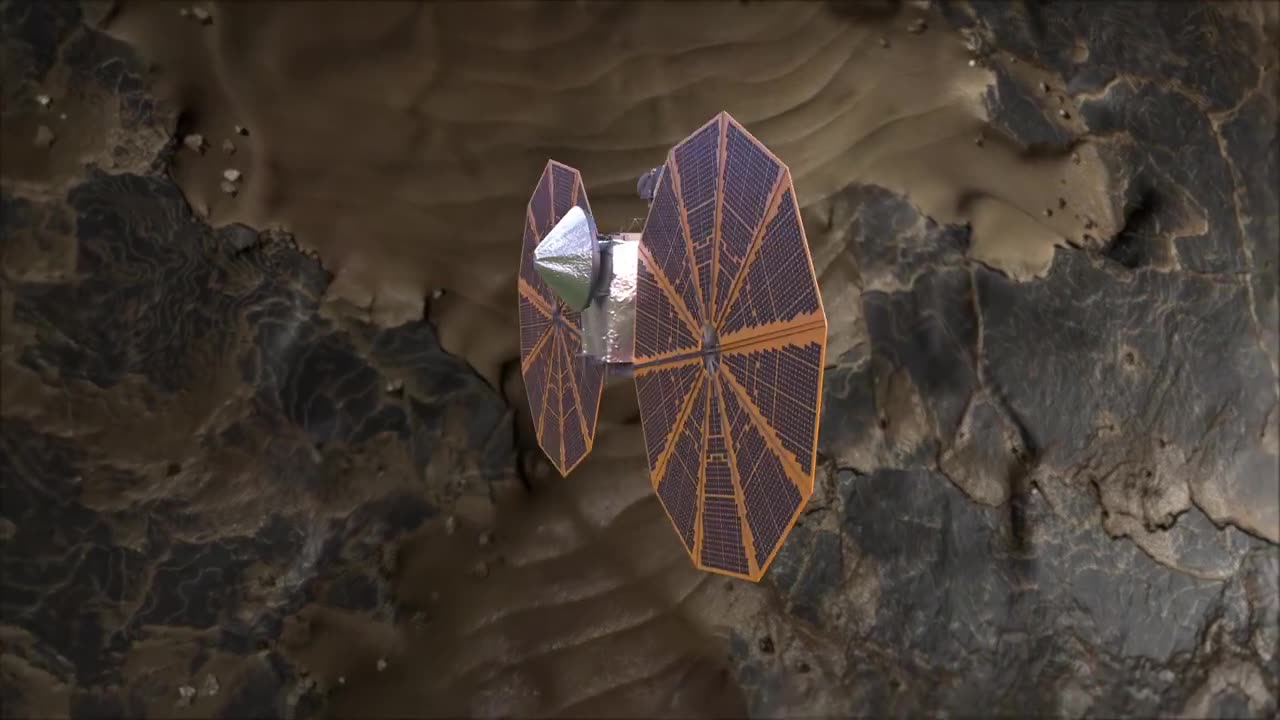Premium Only Content

Lucy Mission Overview: Journey to Explore the Trojan Asteroids
The Lucy mission is a NASA spacecraft mission with the primary objective of exploring the Trojan asteroids, a unique and ancient population of asteroids that share Jupiter's orbit around the Sun. Here's a more detailed overview of the mission's journey and objectives:
1. Mission Goals:
The Lucy mission aims to understand the origins and evolution of our solar system by studying the Trojan asteroids. These asteroids are believed to be remnants from the early solar system and offer valuable insights into its formation.
2. Spacecraft and Instruments:
The Lucy spacecraft is equipped with a suite of sophisticated scientific instruments designed to capture detailed data about the Trojan asteroids.
Its instruments include high-resolution cameras, spectrometers, and a dust analyzer, allowing for the comprehensive study of these celestial bodies.
3. Target Destination:
Lucy's primary target is the Trojan A group of asteroids, which are located ahead of Jupiter in its orbit. This group is of particular interest for scientific study.
The mission will encounter and study a total of seven different Trojan asteroids during its journey.
4. Trajectory and Flybys:
Lucy follows a carefully planned trajectory, which includes gravitational assists from Earth and Jupiter, to reach its target destinations efficiently.
The spacecraft makes use of Earth flybys to gain momentum and change its trajectory to visit multiple Trojan asteroids.
It also performs a flyby of Jupiter, using the giant planet's gravity to further adjust its course.
5. Science Objectives:
The scientific objectives of the Lucy mission include characterizing the geology, surface composition, and physical properties of the Trojan asteroids.
Scientists aim to determine their origins, understand their diversity, and investigate how their orbits have evolved over billions of years.
6. Discovery Potential:
Lucy has the potential to make groundbreaking discoveries about the Trojan asteroids, shedding light on the conditions and processes that shaped the early solar system.
It could also provide insights into the role of Jupiter in influencing the distribution and dynamics of these asteroids.
7. Launch and Duration:
Lucy was launched on October 16, 2021, from Cape Canaveral Space Launch Complex 41, using an Atlas V rocket.
The mission is expected to span approximately 12 years, including its journey to the Trojan asteroids and the scientific observations it will conduct.
8. Collaborative Effort:
The Lucy mission is a collaborative effort led by NASA, with significant contributions from institutions like the Southwest Research Institute (SwRI) and the Goddard Space Flight Center.
9. Legacy and Significance:
Named after the famous fossilized human ancestor "Lucy," the mission symbolizes humanity's quest to uncover ancient secrets about the solar system's history and formation.
-
 34:38
34:38
Tudor Dixon
3 hours agoThe Changing Landscape Between Tech and Politics with Mike Benz | The Tudor Dixon Podcast
12.5K1 -
 2:23:58
2:23:58
Matt Kohrs
14 hours agoRumble's Stock Is EXPLODING!!! || The MK Show
68.6K6 -
 1:57:47
1:57:47
LFA TV
16 hours agoBOMBSHELL FINAL REPORT: BIDEN ADMIN SUPPRESSED WUHAN LAB LEAK | LIVE FROM AMERICA 12.27.24 11am EST
36.7K5 -
 43:07
43:07
Grant Stinchfield
3 hours ago $2.68 earnedWe Built it... China Controls it... Trump Will Take it Back!
15.1K7 -
 35:05
35:05
Rethinking the Dollar
3 hours agoTime to Pay the Piper! Debt Refinance Crisis Coming in 2025
17K2 -
 52:34
52:34
PMG
16 hours ago $3.81 earnedHannah Faulkner and Steve Friend | EXPOSE THE FBI CORRUPTION - KASH PATEL
16.1K8 -
 2:58:58
2:58:58
Wendy Bell Radio
9 hours agoOn Day One
86.3K76 -
 1:59:27
1:59:27
Jeff Ahern
5 hours ago $3.86 earnedFriday Freak out with Jeff Ahern (6am Pacific)
29.9K1 -
 1:56:07
1:56:07
Game On!
14 hours ago $1.66 earnedJosh Allen is the NFL MVP! It's not even close!
23.6K2 -
 13:05
13:05
Neil McCoy-Ward
5 hours agoWhy The Media Won't Tell You What Milei Did In Argentina...
24.3K1